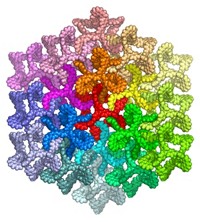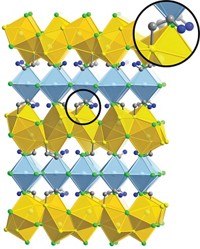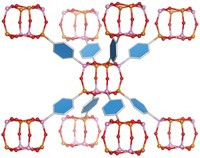Advertisement
Grab your lab coat. Let's get started
Welcome!
Welcome!
Create an account below to get 6 C&EN articles per month, receive newsletters and more - all free.
It seems this is your first time logging in online. Please enter the following information to continue.
As an ACS member you automatically get access to this site. All we need is few more details to create your reading experience.
Not you? Sign in with a different account.
Not you? Sign in with a different account.
ERROR 1
ERROR 1
ERROR 2
ERROR 2
ERROR 2
ERROR 2
ERROR 2
Password and Confirm password must match.
If you have an ACS member number, please enter it here so we can link this account to your membership. (optional)
ERROR 2
ACS values your privacy. By submitting your information, you are gaining access to C&EN and subscribing to our weekly newsletter. We use the information you provide to make your reading experience better, and we will never sell your data to third party members.
Materials
Pores Expand To Fit Proteins
New metal-organic framework compounds may have drug delivery and other applications
by Elizabeth K. Wilson
May 28, 2012
| A version of this story appeared in
Volume 90, Issue 22
Researchers have synthesized metal-organic frameworks (MOFs) with pore apertures large enough to house protein molecules, up to 98 Å (Science, DOI 10.1126/science.1220131). Until now, pores in such materials that are larger than 32 Å have been difficult to achieve. MOFs are already important in industry and engineering for molecule storage and separation. Now, scientists are able to store biological molecules, including large organic molecules and proteins, within these material frameworks, reports an international team including Omar M. Yaghi and Hexiang Deng at UCLA. The group began its synthesis with a well-studied MOF, MOF-74, which contains linkers that have one phenylene ring. They expanded the linker structures by adding two, three, four, five, six, seven, nine, and 11 phenylene rings, which produced a series of isoreticular structures having the same topology as the original MOF-74 but with sequentially larger pores.





Join the conversation
Contact the reporter
Submit a Letter to the Editor for publication
Engage with us on Twitter